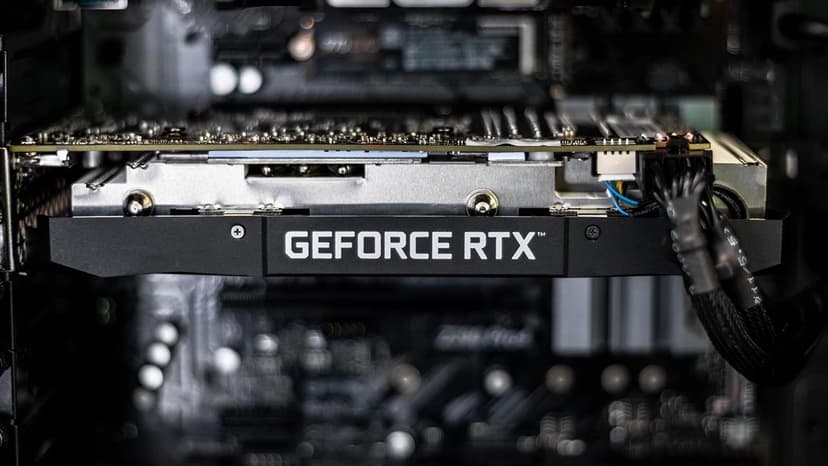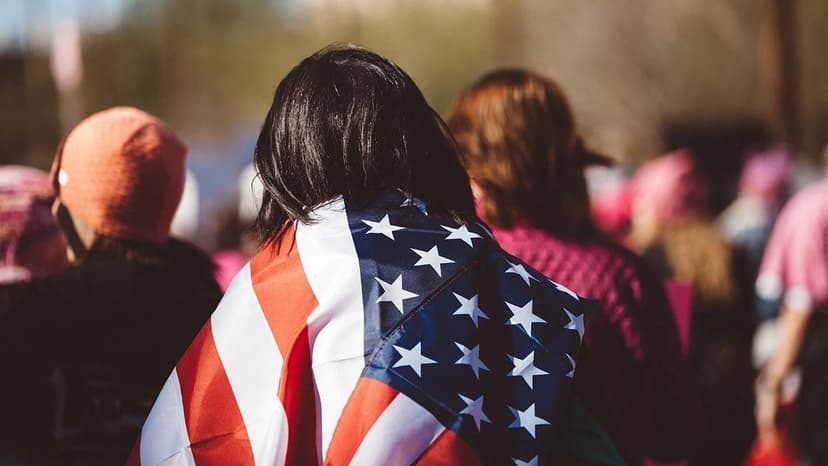The Convolutional Neural Networks in AI Training
Convolutional Neural Networks (CNNs) are a special kind of AI tool used mainly to understand and work with images and visual data. They're like expert art analysts who don't just see the picture as a whole but also notice and understand every tiny detail and pattern. This article will break down what CNNs are, how they're structured, and why they're so important in AI, all in simple terms.
What is a Convolutional Neural Network?
A CNN is a type of deep learning algorithm specifically designed to process data that has a grid-like structure, such as images. An image can be thought of as a grid of pixels, and the CNN goes over these grids in a way that's much more efficient and effective than other types of neural networks. It's particularly good at recognizing shapes, patterns, and textures, making it a go-to choice for tasks like image recognition and classification.
The Structure of CNNs
CNNs have a unique architecture that sets them apart. Here's a simplified breakdown of their structure:
-
Input Layer: This is where the CNN takes in the image or visual data. Think of it like the eyes of the network, seeing the picture for the first time.
-
Convolutional Layer: This is the heart of a CNN. The convolutional layer has filters, or small windows, that slide over the image. As each filter moves across the picture, it looks for specific features or patterns, like edges, corners, or textures. Mathematically, this involves multiplying the values of the filter with the original pixel values to calculate what's called a feature map. This process highlights the areas of the image where those particular features are found.
-
Activation Layer: After the convolution, an activation function is applied to introduce non-linearity into the network. This helps the CNN to handle complex patterns. The most common activation function is called ReLU (Rectified Linear Unit), which simply turns all negative numbers into zeros and keeps positive numbers as they are. This step helps to keep the calculations simple yet effective.
-
Pooling Layer: Next comes the pooling layer, which reduces the size of the feature maps. It does this by summarizing the features in a certain area. For example, max pooling takes the largest number from a small region of the feature map. This makes the CNN faster and more efficient by reducing the amount of information that needs to be processed.
-
Fully Connected Layer: Towards the end, the CNN has fully connected layers, which take the high-level features identified by the convolutional and pooling layers and use them to classify the image. It's like the brain where all the gathered information and detected patterns are put together to make a final decision, like recognizing if the image is of a cat, a dog, or something else.
Why CNNs Are Important
CNNs have been a game-changer in the field of AI and machine learning, particularly in visual recognition tasks. They've made it possible to automate tasks that require visual understanding, from tagging your friends in photos to helping self-driving cars recognize obstacles. Their ability to break down and analyze images in detail, recognize patterns, and learn from them makes CNNs incredibly powerful tools for a wide range of applications.
Convolutional Neural Networks are like the eagle-eyed experts of the AI world, able to see and understand images in a way that's incredibly detailed and accurate. Their structured approach of looking at pictures piece by piece and layer by layer allows them to recognize and classify visual data with impressive accuracy. As technology and AI continue to advance, the role and capabilities of CNNs are only set to grow, making them an exciting and essential part of the AI landscape.












